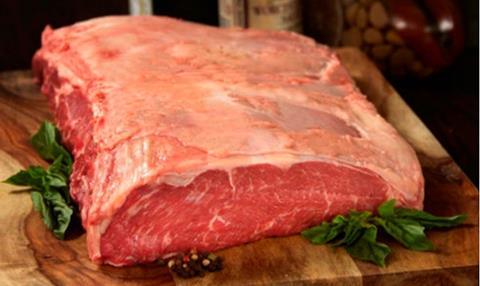The United States Department of Agriculture (USDA) has reported its latest forecast for world markets and trade in red meat and poultry.

Beef
Global production is forecast fractionally lower in 2023 as falling North America and EU production offsets gains in Brazil, China and Australia.
The report indicates that Brazil production is expected to increase 1% based on firm global demand in key markets although higher input costs and a weak domestic market may well constrain growth. In China, higher cattle inventories are anticipated to support a 5% increase in beef production. Meanwhile, Australia production is expected to surge 13% on improved pasture conditions.
Global exports in 2023 are forecast down 1% due to lower import demand, particularly in China. However, lower total exports from North America and India are expected to benefit Australia and Brazil. Reduced North America competition in East Asia and rebounding Australia production will allow Australia to boost its shipments and increase market share. Meanwhile, Brazil exports are forecast to be a record high as aggregate exports from its main competitors (Argentina, Paraguay, Uruguay and India) are expected to fall 3%. Smaller cattle inventories are expected to weigh on the exportable supplies of Argentina, Paraguay and Uruguay.
Pork
Global production is forecast to rise 1% in 2023 to 111 million tons as production in China increases. China pork production is expected to grow 2% as the sector continues to recover from the impacts of African swine fever (ASF). High feed costs in China are expected to reduce incentives to over-fatten hogs. The United States, Brazil and Mexico are also forecast to expand production, more than offsetting declines by other major producers including the EU and the United Kingdom (UK).
Rising feed, energy costs and environmental restrictions will dampen EU production. The USDA highlights that producers in the UK face high feed costs and weaker demand for domestic pork. Brazil and Mexico continue to expand their hog sectors to meet growing domestic demand, partly driven by consumers seeking alternatives to higher-priced beef, and stronger export demand in several key countries. Production in Vietnam continues to rebound as the management of ASF has protected the sector from large-scale outbreaks.
Global exports are forecast to fall 2% to 10.5 million tons in 2023 as China imports weaken for a second consecutive year. Despite persistent issues with ASF, Philippines pork imports are also forecast to decline due to the end of policies favoring imports in 2022; the temporary increase in pork quota volumes ended in May 2022 and reduced tariffs were extended through the end of 2022. UK pork imports rise as pre-pandemic consumption trends are expected to return, shifting purchases from retail to foodservice, shifting demand for US domestically produced pork to imported pork.
Chicken
Global production is forecast 2% higher in 2023 to a record 102.7 million tons. All major producers except China will make gains with the most significant growth in Brazil. Relatively high feed and energy prices have squeezed profitability globally, but expansion is spurred by robust demand as consumers are expected to seek lower-cost animal proteins amid rising food costs.
Brazilian growth is driven by both domestic and global demand as it solidifies its position as the world’s leading producer, surpassing China this year. China production will be stagnant as growth in white feather production will offset a decline in yellow feather production. Demand for affordable chicken products, particularly white feather broiler meat, is expected to grow in 2023 as Chinese consumers shift towards a more diverse protein diet. Thailand production will grow 3% despite the anticipated slow recovery in domestic consumption and high production costs caused by supply disruptions to feed grains and day-old chicks. The USDA reports these factors will keep the growth rate below the pre-pandemic average. Russia and Mexico will also make gains amid strong domestic demand. EU production is forecast only marginally higher due to rising energy costs on the heels of highly pathogenic avian influenza (HPAI) outbreaks.
Global exports are forecast 4% higher in 2023 to a record 14.1 million tons. Expansion is said to be buoyed primarily by increased demand in China, the EU and Saudi Arabia, and as production growth is limited for a number of competing exporting producers, Brazil is expected to capture most of the gains. Brazil’s price competitiveness, EU market access, and ability to supply halal product makes the world’s leading exporter well-positioned to fulfill rising global demand. Thailand shipments will reach a record 1.0 million tons on increased shipments to major markets, particularly benefiting from improved China and Saudi Arabia market access. Exports by the EU are said to be stymied by weak production growth on repercussions from HPAI and high prices stemming from increased input costs, particularly energy.
This story was originally published on a previous version of the Meat Management website and so there may be some missing images and formatting issues.















